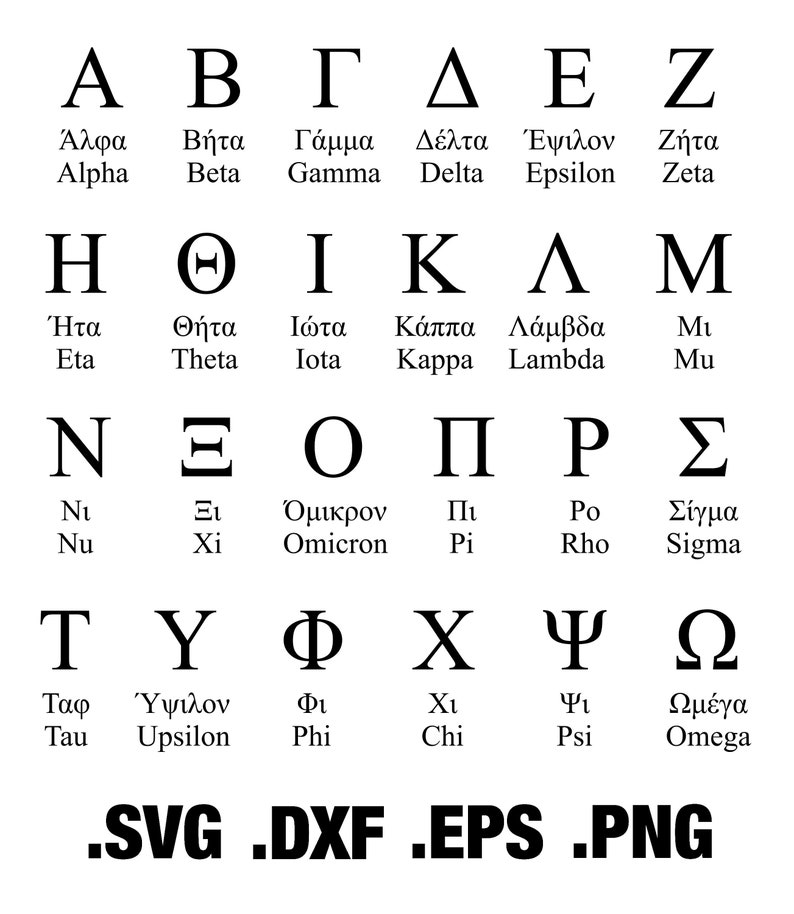

There is one vowel (or diphthong) per syllable.

It is essential that you master the process of syllabification, otherwise you will never be able to pronounce the words consistently, and you will have trouble memorizing them and communicating with your class mates.ġ. The second way is to learn some basic syllabification rules. I have read it for you on the online class on chapter 4. If you practice reading 1 John 1, included in the exercises of this chapter, syllabification should not be a problem. Therefore, if you "go with your feelings," you will syllabify Greek words almost automatically. The first is to recognize that Greek words syllabify in basically the same manner as English words do. This is called "syllabification," and there are two ways you can learn it. But in order to pronounce a Greek word you must be able to break it down into its syllables.
GREEK TO ENGLISH ALPHABET HOW TO
Just as it is important to learn how to pronounce the letters correctly, it is also important to pronounce the words correctly. However, just remember that accents were not part of the original text and are open to interpretation. We will point out these words and forms as we meet them. τίς can mean "who?" and τις can mean "someone." There are also a few verbal forms where knowing the accent is helpful. There are a few words that are identical except for their accents. Try pronouncing "κοι νο νι α" four times, each time accenting a different syllable. Imagine trying to memorize the word κοινονία if you could not decide which syllable to accent. If you do not force yourself to say a word the same way every time, vocabulary memorization becomes very difficult.

Consistently placing the stress on the accented syllable creates a desirable and necessary uniformity.

If all the students in the class accent any syllable they wish, it can become very difficult to talk to each other. Accents serve us very well in three areas. However, this does not mean that accents are worthless and should be ignored. Since the biblical manuscripts never had them originally, and since in our opinion they unnecessarily burden the beginning student, this text ignores the rules of accent placement). The question then becomes, when do you use which accent? Opinions vary from viewing the rules of accent placement as essential to being totally unnecessary. Notice how the shape of the accent gives a clue as to the direction of the pitch.


 0 kommentar(er)
0 kommentar(er)
